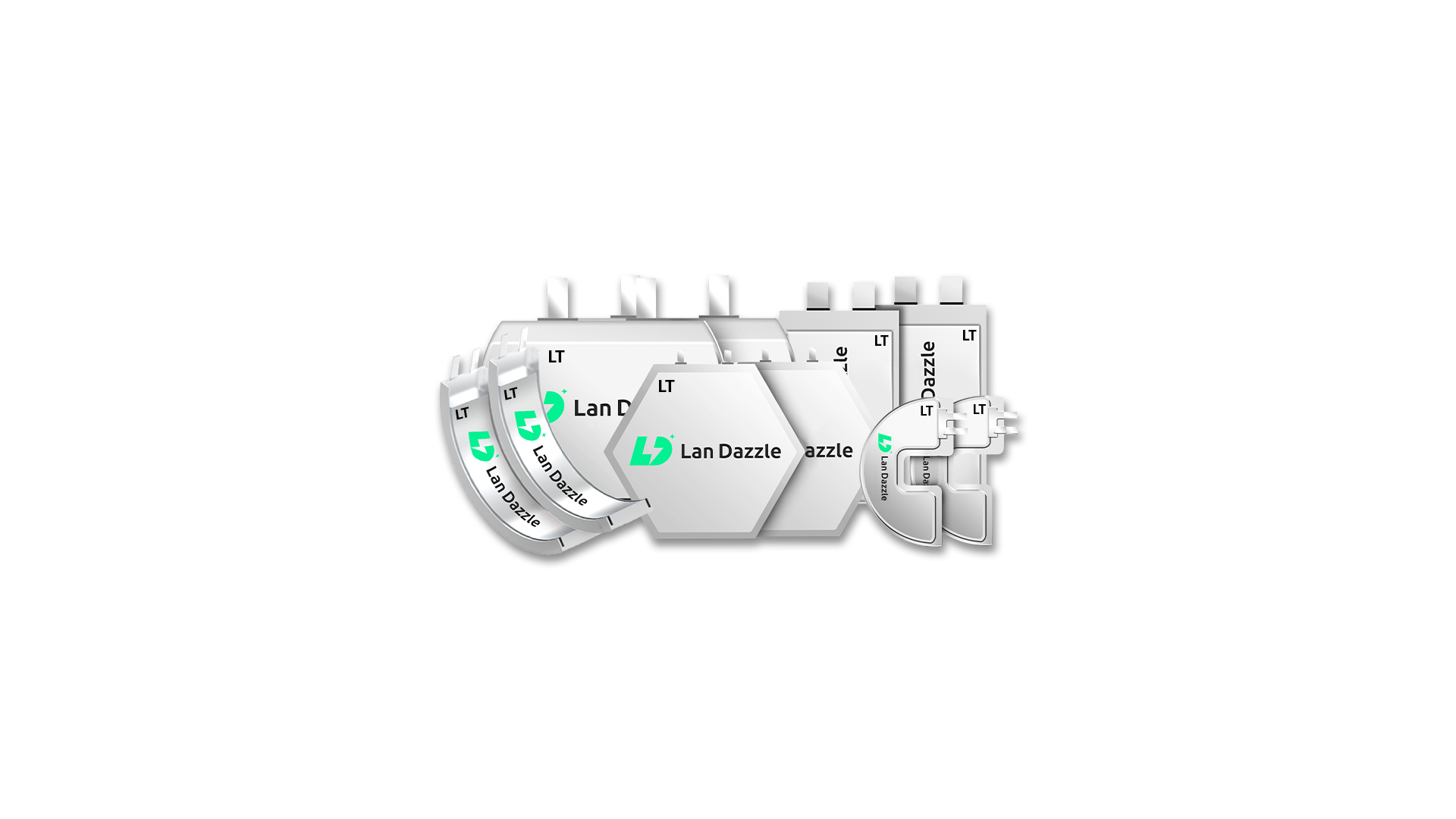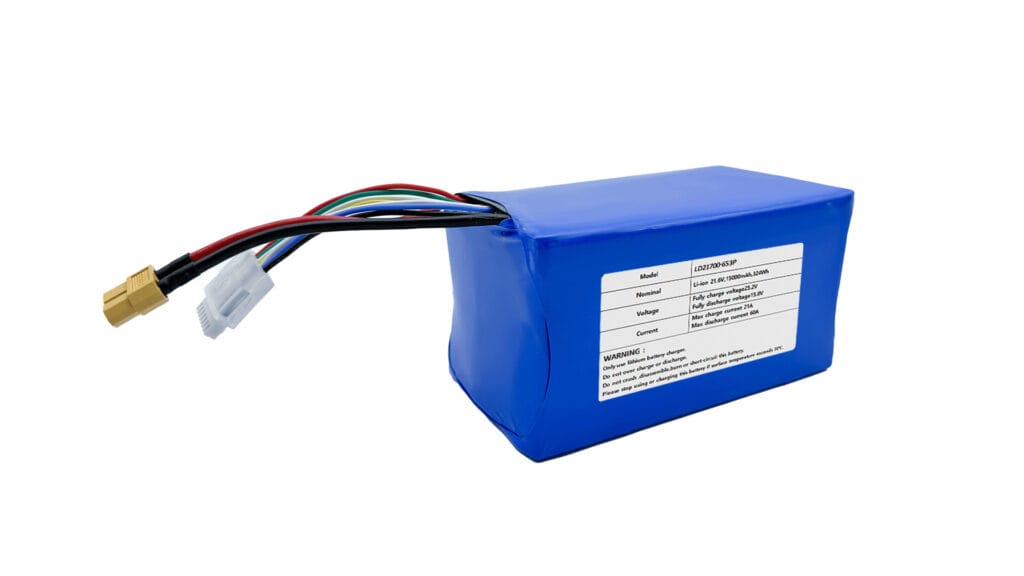The thrill of commanding a remote-controlled vehicle, whether it’s soaring through the sky, conquering rugged terrain, or speeding across a track, is an experience many find captivating. At the heart of this exhilarating hobby lies a crucial component: the battery. It’s the lifeblood of your electric RC machine, dictating its power, endurance, and overall performance. Navigating the world of RC batteries can seem daunting at first, with various types, specifications, and safety considerations to keep in mind. However, understanding the fundamentals and the nuances of each battery type is essential for enthusiasts of all levels.
What is RC Battery
Before delving into the specifics of different battery types, it’s crucial to grasp the fundamental electrical concepts that govern their operation. Think of your RC battery as a portable energy reservoir, characterized by several key parameters:
- الجهد (V): Imagine voltage as the electrical “pressure” that pushes the current through your RC vehicle’s motor and electronic speed controller (ESC). Higher voltage generally equates to more power and potentially higher speeds. RC batteries are often composed of multiple individual cells connected in السلسلة (indicated by the “S” rating) to achieve the desired voltage. For instance, a single Lithium Polymer (LiPo) cell has a nominal voltage of 3.7V, so a 3S LiPo pack will have a nominal voltage of 11.1V (3 cells x 3.7V).
- Capacity (mAh – Milliamp Hours): This rating signifies the amount of electrical charge the battery can store and deliver over time. A higher mAh rating translates to a longer runtime for your RC vehicle. For example, a 5000mAh battery can theoretically provide 5000 milliamps (or 5 Amps) of current for one hour.
- معدل التفريغ (التصنيف C): The C-rating indicates the maximum rate at which the battery can safely discharge its energy. A higher C-rating allows the battery to deliver more current rapidly, which is vital for applications demanding quick acceleration and high power output, such as racing. The maximum continuous current a battery can supply is calculated by multiplying its capacity in Amp-hours (Ah) by its C-rating. A 5000mAh (5Ah) battery with a 25C rating can theoretically deliver a continuous current of 125 Amps (5Ah x 25C = 125A).
- Cell Configuration (S and P): As mentioned, “S” denotes cells connected in السلسلة to increase voltage. “P” indicates cells connected in parallel, which increases the overall capacity (and thus runtime) while maintaining the same voltage as a single series string. A “2S2P” pack consists of two sets of two cells connected in parallel, and these two parallel sets are then connected in series.
- المقاومة الداخلية: This is the opposition to the flow of current within the battery. Lower internal resistance leads to more efficient power delivery and less heat generation. As batteries age or are stressed, their internal resistance tends to increase, impacting performance.
Exploring the Different Types of RC Batteries
The world of RC batteries offers a variety of chemistries, each with its own set of advantages and disadvantages. The most common types you’ll encounter are:
- Lithium Polymer (LiPo): LiPo batteries have become the dominant choice for many RC enthusiasts due to their exceptional performance characteristics.
- Pros: They boast a high energy density, meaning they can store a significant amount of power for their size and weight, leading to better power-to-weight ratios. Their high discharge rates allow for rapid acceleration and high power output, crucial for competitive racing and demanding applications. LiPo batteries also provide relatively consistent power delivery throughout their discharge cycle and offer a higher voltage per cell compared to other types.
- Cons: LiPo batteries are generally more expensive than other options and require specialized chargers with balancing capabilities to ensure each cell charges evenly. They are also more sensitive to mishandling, with a potential risk of fire or explosion if overcharged, deep discharged, punctured, or otherwise abused. Their lifespan can also be shorter compared to some other chemistries if not properly maintained.
- Pros: They boast a high energy density, meaning they can store a significant amount of power for their size and weight, leading to better power-to-weight ratios. Their high discharge rates allow for rapid acceleration and high power output, crucial for competitive racing and demanding applications. LiPo batteries also provide relatively consistent power delivery throughout their discharge cycle and offer a higher voltage per cell compared to other types.
- Nickel-Metal Hydride (NiMH): NiMH batteries represent a more traditional and user-friendly alternative.
- Pros: They are generally more durable and forgiving than LiPo batteries, less prone to damage from minor impacts, and have a lower initial cost. NiMH batteries also have fewer stringent charging requirements and a lower risk of fire if mishandled compared to LiPo.
- Cons: NiMH batteries have a lower energy density, meaning they tend to be heavier and larger than LiPo batteries for the same capacity. They also exhibit voltage sag under heavy load, which can lead to a noticeable drop in performance as the battery discharges. While modern NiMH technology has minimized it, they can still suffer from the “memory effect,” where repeated partial discharges can lead to a decrease in capacity over time. Regular full discharge cycles can help mitigate this.
- Pros: They are generally more durable and forgiving than LiPo batteries, less prone to damage from minor impacts, and have a lower initial cost. NiMH batteries also have fewer stringent charging requirements and a lower risk of fire if mishandled compared to LiPo.
- فوسفات الحديد الليثيوم (LiFePO4): LiFePO4 batteries are gaining traction in the RC world, particularly for applications prioritizing safety and longevity.
- Pros: Their primary advantage lies in their exceptional thermal and chemical stability, making them significantly less prone to fire or explosion compared to LiPo batteries. They also offer a دورة حياة طويلة and a very خرج جهد كهربائي مستقر throughout their discharge, providing consistent performance.
- Cons: LiFePO4 batteries have a lower energy density than LiPo batteries, meaning they are typically larger and heavier for the same capacity. They may also require specific LiFePO4 chargers, adding to the initial investment.
- Pros: Their primary advantage lies in their exceptional thermal and chemical stability, making them significantly less prone to fire or explosion compared to LiPo batteries. They also offer a دورة حياة طويلة and a very خرج جهد كهربائي مستقر throughout their discharge, providing consistent performance.
- Nickel-Cadmium (NiCd): While largely superseded by NiMH and LiPo, NiCd batteries are still found in some older or entry-level RC applications.
- Pros: They are known for their robustness and ability to handle high discharge rates.
- Cons: They suffer from a significant “memory effect,” have a lower energy density, and contain cadmium, a toxic heavy metal, making them environmentally less desirable.
- Pros: They are known for their robustness and ability to handle high discharge rates.
The choice of battery type hinges on your specific RC vehicle, your performance requirements, your budget, and your comfort level with the handling and safety considerations of each chemistry.
How to Choose the Right RC Battery for Your Vehicle
Selecting the appropriate RC battery is crucial for optimal performance, runtime, and the longevity of your vehicle’s electronics. Here are the key factors to consider:
- متطلبات الجهد: The first and most critical step is to match the battery voltage to the specifications of your RC vehicle’s Electronic Speed Controller (ESC) and motor. Using a battery with a voltage outside the recommended range can damage these components. Always consult your vehicle’s manual or the manufacturer’s specifications for the correct voltage.
- Capacity Needs: Consider how long you want to run your RC vehicle on a single charge. Higher mAh ratings translate to longer runtimes, but also typically mean a larger and heavier battery. Balance your desire for extended playtime with the weight and size limitations of your vehicle.
- معدل التفريغ: If you operate a high-performance RC vehicle that demands rapid acceleration and high power output (like racing cars or some drones), a battery with a higher C-rating is essential. For more casual applications, a lower C-rating might suffice. Ensure the battery’s C-rating meets or exceeds the current draw of your motor and ESC.
- Physical Dimensions and Weight: The battery must physically fit within the designated battery tray of your RC vehicle without being too heavy, which can negatively impact performance and handling. Check the dimensions and weight limitations specified in your vehicle’s manual.
- Connector Compatibility: RC batteries come with various types of connectors (e.g., Deans, XT60, EC3). Ensure the battery you choose has a connector that matches the one on your ESC, or be prepared to safely change connectors (if you have the expertise). Incorrectly matched connectors can prevent power transfer or even cause damage.
- الميزانية: RC batteries vary significantly in price depending on their type, capacity, and C-rating. Determine your budget and weigh the performance benefits against the cost.
By carefully considering these factors, you can select an RC battery that perfectly complements your vehicle and your driving style. As a lipo battery manuafcturer, we can customize polymer batteries with different parameters, such as voltage, capacity and discharge multiplier, according to your needs. If you have any needs or questions about RC battery, feel free to contact us at info@landazzle.com.
Charging and Maintaining Your RC Batteries for Longevity
Proper charging and maintenance are paramount for maximizing the lifespan and performance of your RC batteries, as well as ensuring safe operation.
- استخدم الشاحن الصحيح: Always use a charger specifically designed for the chemistry of your battery (LiPo charger for LiPo batteries, NiMH charger for NiMH batteries, etc.). Using the wrong charger can lead to overcharging, undercharging, or even dangerous situations.
- Understand Charging Rates: The charging rate is often expressed as a C-rating. Charging at a 1C rate (where the charging current in Amps equals the battery’s capacity in Amp-hours) is generally considered safe and promotes battery longevity. Higher charging rates can shorten battery life and increase the risk of damage.
- Balance Charge LiPo Batteries: LiPo batteries consist of multiple cells, and it’s crucial to ensure each cell is charged to the same voltage. A balance charger monitors and adjusts the charge to each cell individually, preventing overcharging of any single cell, which can lead to damage or fire.
- Practice Safe Charging: Always charge LiPo batteries in a fireproof bag or container in a well-ventilated area and never leave them unattended while charging. Keep them away from flammable materials.
- Optimal Storage: Store your RC batteries in a cool, dry place away from direct sunlight and extreme temperatures. For LiPo batteries, it’s best to store them at a “storage charge” level (around 3.8V per cell) for extended periods of inactivity. Avoid storing fully charged or fully discharged LiPo batteries.
- Recognize Signs of Degradation: Be vigilant for signs that your battery is nearing the end of its life, such as swelling or puffing (especially in LiPo batteries), significantly reduced runtime, or a noticeable drop in voltage under load. Discontinue use and dispose of damaged batteries properly.
- التخلص السليم: Do not dispose of RC batteries in regular household waste. They contain materials that can be harmful to the environment. Research local battery recycling programs or designated collection points for proper disposal.
By adhering to these charging and maintenance practices, you can significantly extend the life of your RC batteries and ensure safe operation.
Essential Safety Precautions When Handling RC Batteries
Safety should always be your top priority when dealing with RC batteries, especially LiPo batteries, which, while offering excellent performance, require careful handling due to their potential fire risk if mishandled.
- Never Puncture, Crush, or Short-Circuit: Physical damage to a battery can lead to internal shorts and potentially cause a fire or explosion.
- تجنب درجات الحرارة القصوى: Do not expose your batteries to extreme heat (e.g., direct sunlight in a hot car) or extreme cold. These conditions can damage the battery and increase the risk of failure.
- Always Charge Safely: As mentioned earlier, use the correct charger, balance charge LiPo batteries, use a fireproof bag, and never leave charging batteries unattended.
- تعامل معها بحذر: Avoid dropping or subjecting batteries to rough handling.
- Know What to Do in Case of a Fire: Have a Class D fire extinguisher (specifically designed for lithium fires) or a container of dry sand readily available in case of a battery fire. Never use water to extinguish a LiPo fire.
- Supervise Children: If children are involved in the RC hobby, ensure they are always supervised when handling or charging batteries and understand the associated safety precautions.
By adhering to these essential safety guidelines, you can minimize the risks associated with RC batteries and enjoy your hobby responsibly.
الخاتمة
RC batteries are the vital power source that brings your remote-controlled vehicles to life. Understanding the different types available, their characteristics, and the best practices for choosing, charging, maintaining, and handling them safely is paramount for every RC enthusiast. Whether you opt for the high-performance of LiPo, the user-friendliness of NiMH, or the safety and longevity of LiFePO4, making informed decisions and prioritizing safety will not only enhance your RC experience but also ensure the longevity of your batteries and your vehicles. So, power up responsibly and enjoy the thrilling world of remote control!
الأسئلة الشائعة (FAQ)
-
What are the main differences between LiPo and NiMH batteries for RC cars?
- LiPo: Higher power-to-weight ratio, better performance, requires more careful handling and charging, generally shorter lifespan if not maintained well, often more expensive.
- NiMH: More durable and forgiving, easier to charge, lower initial cost, lower energy density (heavier for the same capacity), can experience voltage sag.
-
How do I determine the correct voltage and mAh for my specific RC vehicle?
- الفولتية: Always adhere to the voltage specifications recommended by your RC vehicle’s manufacturer for the ESC and motor.
- mAh: Choose a capacity based on your desired runtime, considering the physical size and weight limitations of your vehicle.
-
What does the “C-rating” of an RC battery signify, and how does it affect performance?
- The C-rating indicates the battery’s maximum safe discharge rate. A higher C-rating allows the battery to deliver more current, resulting in better acceleration and power, especially important for high-performance applications.
-
What are the essential steps for safely charging a LiPo battery?
- Use a balance charger specifically designed for LiPo batteries. Always charge in a fireproof bag or container, monitor the charging process, and never leave it unattended.
-
How should I properly store my RC batteries when they are not being used for extended periods?
- Store them in a cool, dry place away from extreme temperatures. For LiPo batteries, store them at a storage charge level (around 3.8V per cell).
-
What are the common signs that indicate an RC battery is nearing the end of its life and needs replacement?
- Swelling or puffing, significantly reduced runtime despite being fully charged, a noticeable drop in voltage under load, and excessive heat generation during use or charging.
-
Can I use a battery with a higher voltage than what my RC vehicle originally came with?
- Generally, no. Using a battery with a higher voltage than what your ESC and motor are rated for can cause severe damage to these components. Always stick to the manufacturer’s recommendations.





